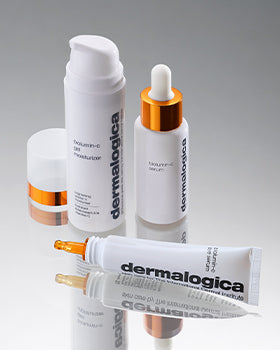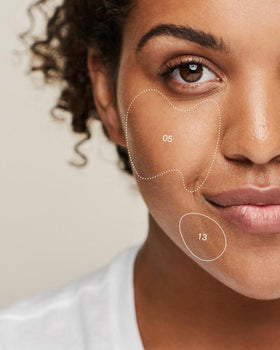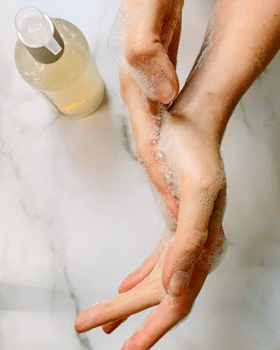The prospect of stripping away years of skin damage in a non-invasive, virtually painless way is universally appealing. That’s why chemical peels are so popular for treating signs of skin ageing.
“Peels remove all that dry, dull debris and reveal the softer, smoother skin underneath,” says Caroline Parker, Education Manager for Dermalogica NZ. “In as few as three treatments, peels can reduce the look of wrinkles and fine lines, smooth skin texture and even reduce the appearance of breakouts.”
But what about the downtime? With today’s innovative technology, we’re happy to report that the latest peels result in little to no downtime at all! They’re also far more powerful.
At-home peels vs. professional peels
Both at-home and professional peels use exfoliants like Alpha Hydroxy Acids (e.g., Lactic Acid), Beta Hydroxy Acids (e.g., Salicylic Acid) and enzymes from natural ingredients like Rice, Papaya, Pineapple and Pumpkin, to reduce the appearance of premature aging such as age spots, as well as rough skin texture and acne. Hydroxy acids work by dissolving the intercellular “glue” that holds skin cells together, allowing them to shed more easily, while enzymes unlink skin cells and digest proteins that help connect them.
At-home peels generally are self-applied and use such exfoliants in lower concentrations. They are ideal for treating minor signs of dullness, ageing or acne as well as maintaining bright, smooth skin daily, weekly or between professional treatments. Skin can feel refreshed and sometimes tingly afterward, but there should be no visible flaking, peeling or downtime.
Professional chemical peels are applied by skin therapists, estheticians or medical practitioners who use highly-concentrated exfoliants. Chemical peels can be performed as outpatient procedures, but they tend to result in noticeable skin flaking, peeling or downtime, depending on the strength of the peel. To minimise downtime, and deliver the best results, a series of peels are usually performed over a six- to 12-week period, followed by maintenance twice a year.
Do you need a chemical peel?
If you are concerned about dullness, ageing or acne and want brighter, smoother skin, talk to your professional skin therapist about chemical peels. They will be able to guide you toward the best type of peel for your skin and lifestyle – and help you get the results you want.
NEW! Rapid Reveal Peel is a professional-grade at-home peel that helps reveal brighter, healthier skin in just minutes a week.



